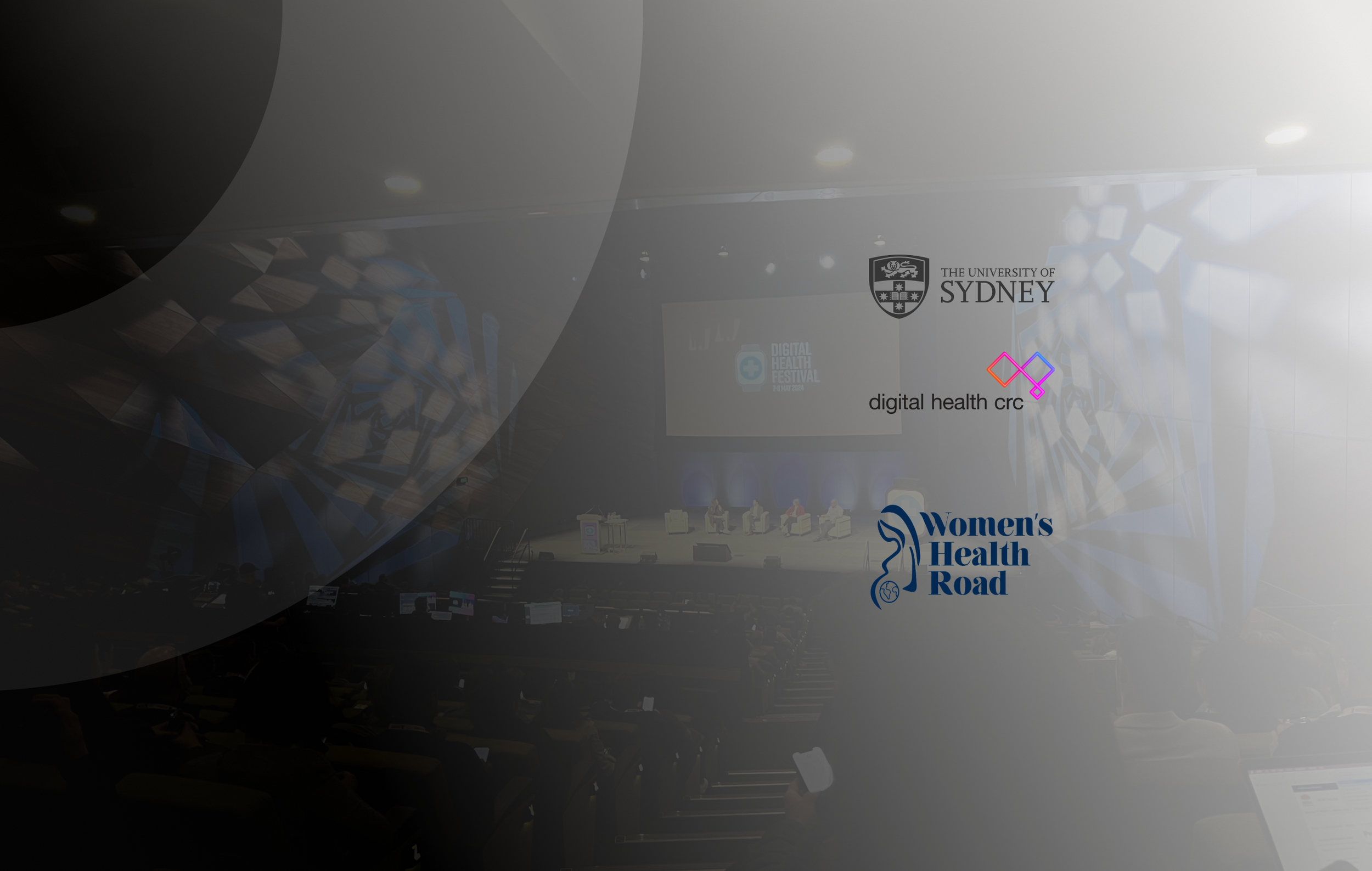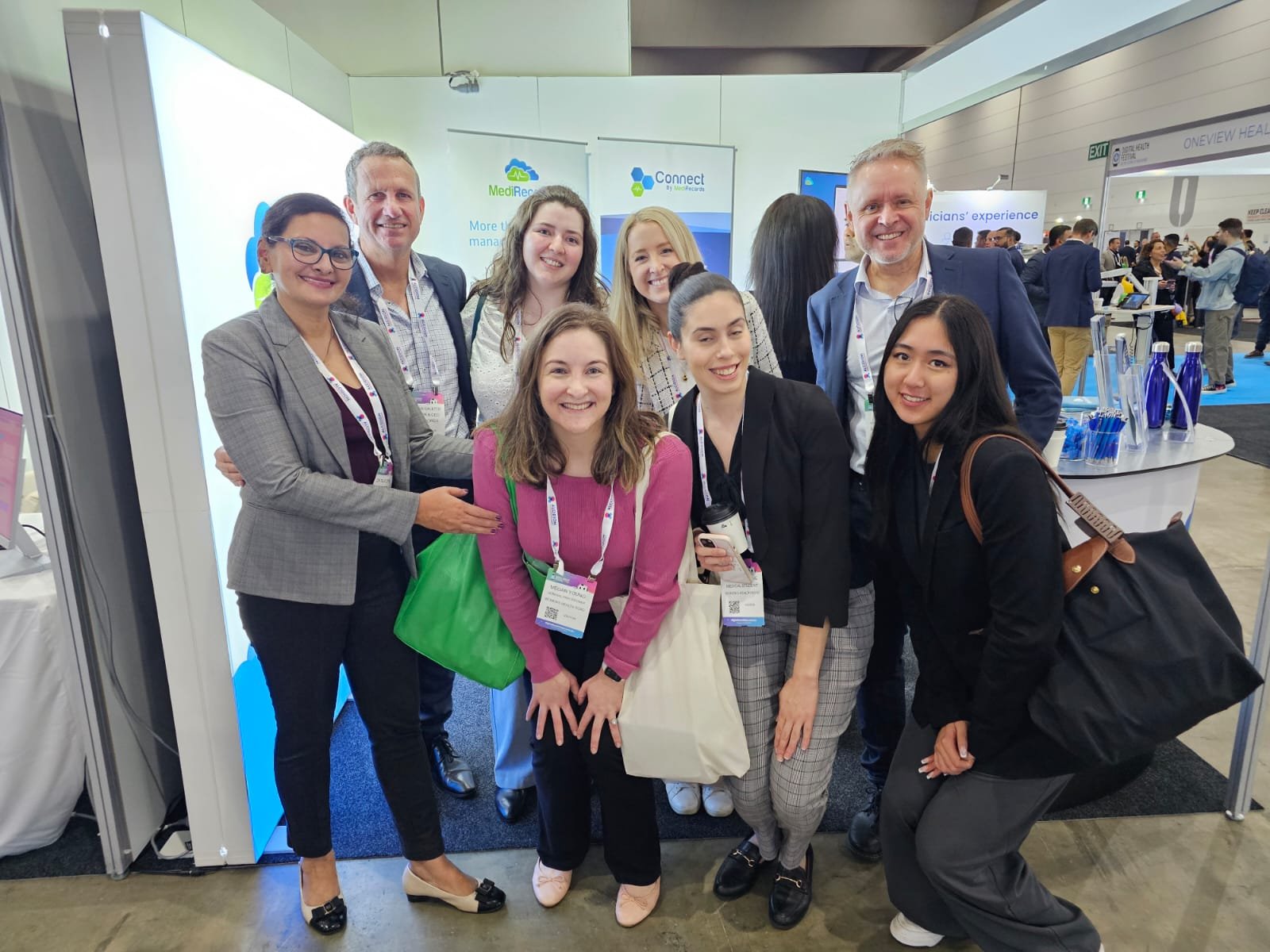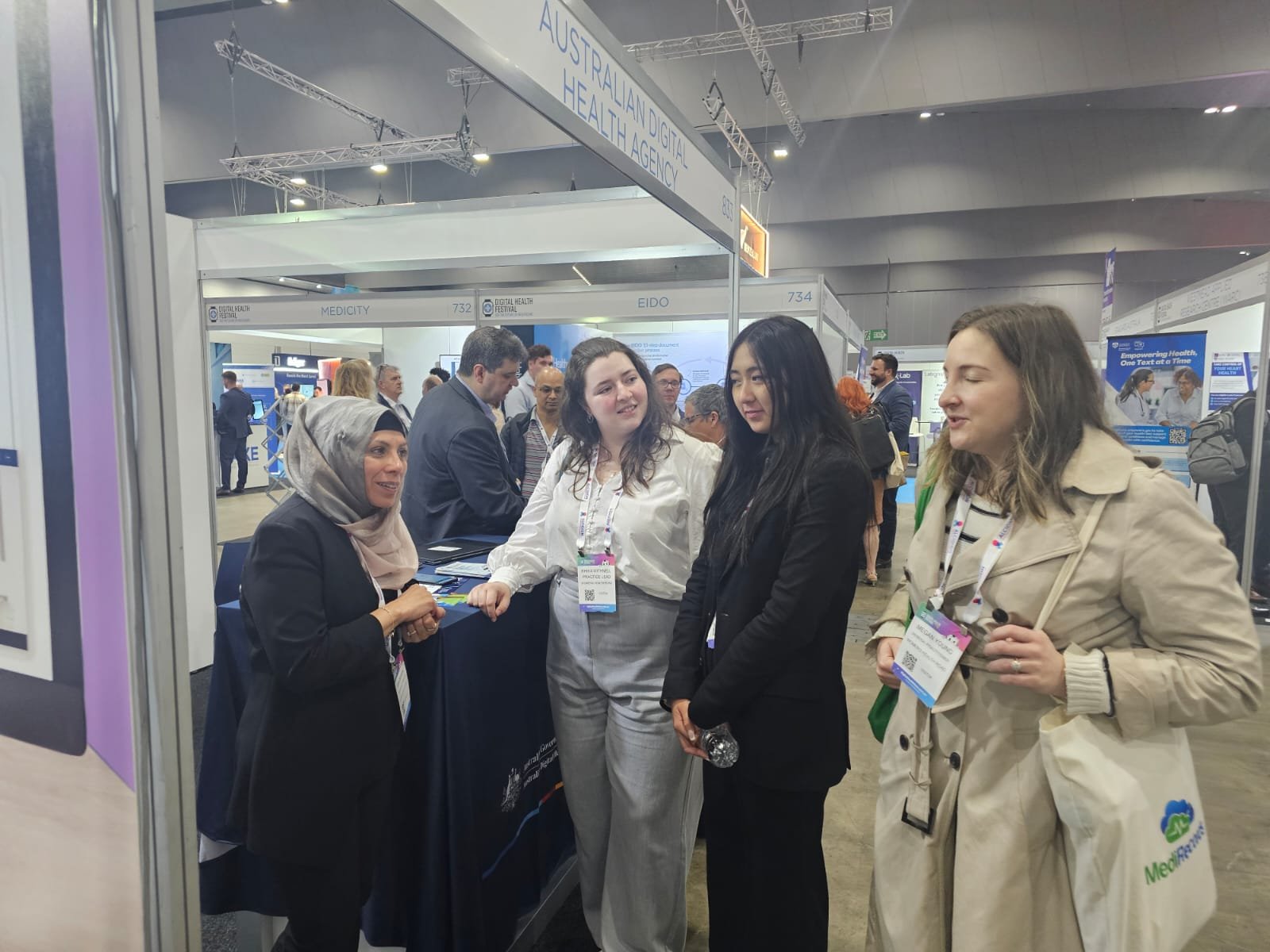
Mapping pathways for communicating women’s health information
Role
Tools
Duration
Expertise
Me (Researcher) + 1 industry supervisor + 2 academic supervisors
FigJam
Dovetail
December 2023 - March 2024 (4 Months)
Research & Analysis
What was the task?
Enhancing Multidisciplinary models of care through digital health to help women navigate their health journeys
I interned with Women’s Health Road (WHR) through the Digital Health CRC and the University of Sydney, where I worked on enhancing digital health solutions to improve the delivery of women’s health care.
Throughout the internship, I had the opportunity to work on various projects, and spent 11 weeks conducting research and analysis. The project’s goal was to improving multidisciplinary team (MDT) care models for Women’s health through digital health innovations.
* During my time at Women’s Health Road, there are aspects of this project that I cannot disclose due to NDA restrictions. Please contact me for more information at serenahuang806@gmail.com.
What’s the problem?
Abnormal Uterine Bleeding (AUB) affects 25% of women of reproductive age, yet it remains widely underdiagnosed and poorly managed. Women seeking care often face delayed diagnoses, fragmented services, and poor care coordination—challenges that Multi-disciplinary Team (MDT)-driven models aim to address by integrating multiple health disciplines. However, the implementation of MDTs is often hindered by communication gaps, inefficient workflows, and limited digital support systems, particularly in women’s health settings.
These challenges not only impact individual health outcomes but also strain healthcare providers and systems, leading to inefficiencies, higher costs, and missed opportunities for early intervention.
"Before stepping into the clinic, I needed to better understand the challenges women face in accessing and navigating healthcare.”
Doing the Research
To establish a strong foundation, I began with an in-depth literature review focused on:
Existing MDT models in healthcare and their effectiveness in improving patient outcomes.
The barriers to AUB diagnosis and care, including systemic gaps in service delivery, accessibility challenges, and patient experiences.
The role of digital health in supporting MDT workflows, drawing from studies on ICT (Information and Communication Technologies) integrations in oncology care to explore best practices and barriers in digital implementation.
Through researching existing MDT models in oncology and other specialties helped me see how structured, team-based care can improve patient outcomes—but it also made me wonder: why wasn’t this approach more widely implemented in women’s health? What systemic barriers were preventing women from receiving timely, coordinated care?
"I knew that secondary research could only take me so far—I needed to see and experience first hand how these systems functioned in real time.”
Field Studies and Participatory Observation
With a strong theoretical foundation, I immersed myself in the clinical environment through weekly visits to WHR, one of the first MDT clinics dedicated to women’s health in Sydney.
My fieldwork included:
Shadowing patient consultations
… to understand how health information is communicated across systems and between providers and patients.
Observing daily operations
… particularly how clinicians and administrators interact with practice management software (PMS), telehealth systems, and referral pathways.
Engaging with key stakeholders
… including clinicians (local and international), administrative staff, technology providers (such Telstra Health, GE, Trophn Pro, ViewPoint and Heidi Health), and women’s health researchers, to discuss current digital tool adoption and future opportunities for technology integration.
Collating all this information, I mapped WHR’s MDT model of care, analysing information flows between patients, internal providers, and external healthcare services. This stage deepened my understanding of the real-world challenges faced by women’s health providers and patients, providing firsthand evidence of the gaps in digital communication and workflow integration.
What did I find?
One of the biggest insights from my fieldwork was how much burden is placed on the patient to coordinate their own care. Many women were left to navigate referrals, schedule follow-ups, and chase medical records across different providers—often without a clear sense of what was happening next in their treatment journey. This fragmented experience created unnecessary stress and delays in diagnosis and care.
I also observed how clinicians and administrative staff interacted with digital systems. While digital tools were in place, they were often disjointed—leading to gaps in communication, redundant data entry, and inefficiencies that impacted both staff and patients. I could see the frustration in real time, as doctors switched between multiple platforms just to access a single patient’s history, and as staff manually transferred data that should have been automated.
"As I began coding my field notes, patterns started to emerge. I mapped out the entire patient journey, pinpointing the most critical pain points”
Analysing the data
Following my field research, I coded my observational field notes and applied thematic analysis using Braun and Clarke’s framework. This process allowed me to extract patterns and key themes related to:
Digital communication challenges in MDT care coordination.
Workflow inefficiencies due to manual processes and fragmented systems.
The impact of digital integration (or lack thereof) on patient experiences and outcomes.
High-level overview of the Thematic Analysis:
"With a clear picture of where the healthcare experience was breaking down, I shifted my focus to actionable insights.”
Generating Insights
Through field research, patient journey mapping, and stakeholder engagement, several critical insights emerged that highlighted systemic pain points in women’s healthcare delivery and opportunities for digital innovation.
These insights underscored the urgent need for better digital integration—not just to improve clinician workflows, but to empower women with more transparent, accessible, and coordinated healthcare experiences. Addressing these gaps required rethinking digital health solutions with a user-centered approach, ensuring that technology bridges, rather than reinforces, the existing disconnects in women’s healthcare.
Impact & Future Work
The research conducted during this internship has made a meaningful contribution to Women’s Health Road’s (WHR) ongoing efforts to optimise Multidisciplinary Team (MDT) care models through the integration of digital health technologies. The project’s findings have directly supported WHR’s vision to establish a scalable, digitally enabled “hub” model for MDT care, with the potential to improve care coordination, patient experience, and health outcomes—particularly in underserved communities.
I was lucky enough to watch this work be presented at the 3-day Digital Health Festival in Melbourne. This platform enabled the dissemination of the project’s insights to a diverse audience of clinicians, researchers, and digital health innovators. The presentation underscored the critical need for digitally integrated MDT models in women’s healthcare and demonstrated the value of user-centred research in guiding digital transformation.
Key Learnings
Reflections
This project was a deeply immersive experience that challenged me to think critically about how digital health can meaningfully improve women’s healthcare. Working at the intersection of academic research, clinical practice, and digital innovation, I saw firsthand that successful healthcare transformation isn’t just about technology—it’s about aligning workflows, communication, and human experiences to create real impact.
One of the biggest lessons I took away was learning to take ownership in an environment without a clear roadmap. Unlike academic projects with structured guidelines, this research demanded initiative, adaptability, and a willingness to step up and drive progress forward. I quickly realised that if I didn’t ask the right questions, engage with stakeholders, and push for clarity, the project wouldn’t move forward on its own. Collaborating with clinicians, administrators, technology providers, and academic mentors, I had to balance diverse perspectives, refine recommendations, and translate research into actionable insights.
Another unexpected challenge came from external factors beyond my control. Originally, our project was centered around interviewing with patients and healthcare providers to gain deeper insights into the user experience. However, delays in my academic supervisor’s research ethics application meant we had to pivot entirely to an observational field study approach. This shift forced me to think on my feet and adapt my methodology, focusing instead on real-time clinic interactions to uncover key insights. While this wasn’t what we had initially planned for, it ended up being an invaluable lesson in contextual research—teaching me how to observe workflows, map inefficiencies, and extract meaning from how daily interactions.
A key milestone of the experience was presenting my project to the Digital Health CRC board, academic representatives, industry supervisors, and fellow interns.
More than anything, this experience reinforced my passion for understanding the user. I saw firsthand that a true solution isn’t just about introducing new technologies—it’s about making them work seamlessly into existing workflows to enhance the overall user experience.












